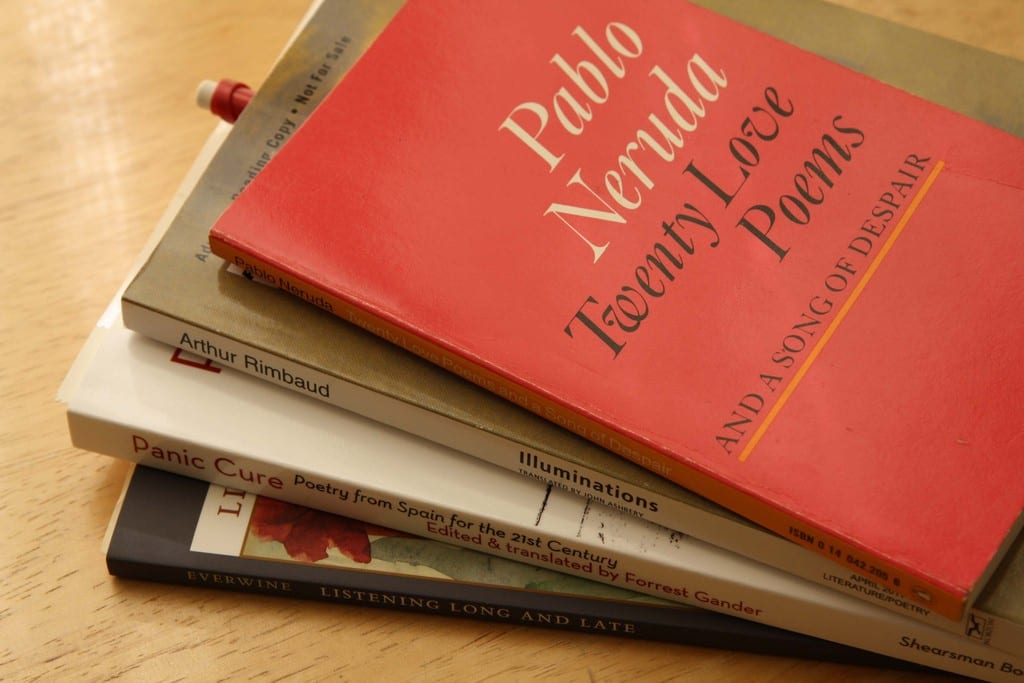Teaching pronunciation is a long-term goal that takes patience and practice. Many ESL/EFL students feel frustrated when they see they cannot eliminate their accents so easily. In fact, it is quite hard to get rid of one’s accent when you are an adult.
The focus of a pronunciation class should be on reducing their accent so that their pronunciation will not affect comprehensibility. The areas of pronunciation teachers should focus on are vowel and consonant sounds, word, and sentence stress, linking sounds, and intonation. Other features that are important to work on are the elimination of sounds (elision) and combination or blending of sounds (assimilation).
To analyze which areas are problematic, teachers should assess the students’ pronunciation first. Some techniques that can be used to identify which areas give them the most trouble are having the students read a paragraph aloud and, without interrupting them, take notes of the obvious pronunciation problems. Or, have the students role-play or have a simple discussion on a topic they will feel comfortable talking about, so that there is no focus on structure, vocabulary, or grammar at this point, and keep a mental note of the problematic areas. Teachers can also record the students’ speech and analyze it.
Once the pronunciation problems have been identified, teachers need to give students practice. Practice should go from the most structured drills to free and spontaneous conversations.
Get ready to teach English abroad with OnTESOL! Save 35% on your TEFL certification!
Mechanical Activities
Following is a list of steps that could be used in a pronunciation class that will focus on the recognition and production of a sound (vowel or consonant).
1. Individual Sounds
Always start off by concentrating on the individual sounds. Get the students to pronounce the sound after you. Make sure that when teaching vowels, for example, you show your students the position of the tongue, the lips, and also the length of the vowel:
A. The tongue: the horizontal position of the tongue (front, central, or back) and the height (high, mid, or low position)
B. The lips: spread, neutral or rounded
C. Length: long or short vowels
If the problematic sound is a consonant, show your students the three main features of a consonant sound:
A. Place of articulation: This refers to the place where the organs of speech meet in the oral cavity. For example, in a bilabial sound the lips are together to produce /m/; or for a labiodental consonant like /f/, the upper teeth articulate with the lower lip.
B. Manner of articulation: This refers to how the air comes out of the oral or nasal cavity. For example, to produce a plosive consonant like /p/, the air coming from the lungs is stopped at the lips and then released with a puff; for a fricative sound like /f/, the air flows continuously through the gap between the teeth and the lower lips.
C. Voicing: The vibration of the vocal folds. Consonants can be voiced (the vocal folds vibrate) or voiceless (the vocal folds are drawn apart and the air comes out freely without producing any vibration).
2. Practice: Listen And Repeat
A. Make a list of words with the problematic sound. Read out the words or play a tape. Get the students to repeat each word. Then get the students to produce the words on the list one by one.
B. Ask the students to suggest words that contain the sound they are practicing. This activity encourages students’ participation and makes your lesson less teacher-centered.
3. Hear The Difference? Minimal Pairs
This type of activity is very good for giving the students practice in auditory discrimination.
A. Make a list of minimal pairs. Read out the list so that you train your students to hear the difference between two sounds. For example ‘cat’ / æ / – ‘cut’ /ʌ /.
B. Choose one word on the list and have your students recognize the word. Ask your students to circle the word they hear.
C. As learners make the most progress when they can monitor their own pronunciation and sound discrimination abilities, pair the students up and have them choose words on the list. Their partners will have to circle the sound they hear.
Learn more: Accredited TESOL certification courses by OnTESOL
Spontaneous Conversation
Following is a list of teaching pronunciation activities that will take the ESL/EFL learner from mechanical practice to using and producing the sound in free and spontaneous conversations.
1. Hear the difference? Simple sentences
A. After practicing the individual sounds and the sounds in words, think of minimal pair words containing the problematic sound and create contrasting sentences. Example: ‘I have a cat’ and ‘I have a cut’. Read one of the sentences and get the students to underline the sentence they hear.
I have a cat. I have a cut.
B. Have the students read each sentence. This exercise should go from slow to fast to give them practice in fluency as well.
C. Pair the students up and have them read the sentences they have chosen from the list while their partners circle the sentences they hear.
2. Identifying Sounds
A. Write sentences containing words with the problematic sound. Get the students to read the sentences and underline all the words that contain the sound they have been practicing in that lesson.
B. Make sure that they get them right. Some words are tricky.
C. Have the students read each sentence paying particular attention to the sounds but avoiding unnatural speech. Have them start slow first but encourage them to say the sentence faster each time. This is also a good opportunity to work on sentence stress and linking sounds.
3. Role-Play or Discussion
This is the stage where students should be able to use the sounds they have been practicing in natural conversation.
A. Give your students a situation and roles to play. Group them and let them organize their ideas before they perform their role-play in front of the class.
B. Give the students a list of questions or topics to talk about.
It is advisable to record their conversations or discussions so that they can check their progress.
4-Games: Pair Work / Group Work
Game-like activities are good for consolidating the sounds students have learned as well as integrating pronunciation into other skills such as speaking, listening, reading and writing. They are also useful for reviewing some grammar topics as well as vocabulary and spelling.
5- Funny sentences
Have students work in pairs or groups and write funny sentences including the sound(s) they have been practicing. Give students a time limit for this activity. The group that comes up with the longest list of correct sentences is the winner. After the game, identify the sounds in each word.



